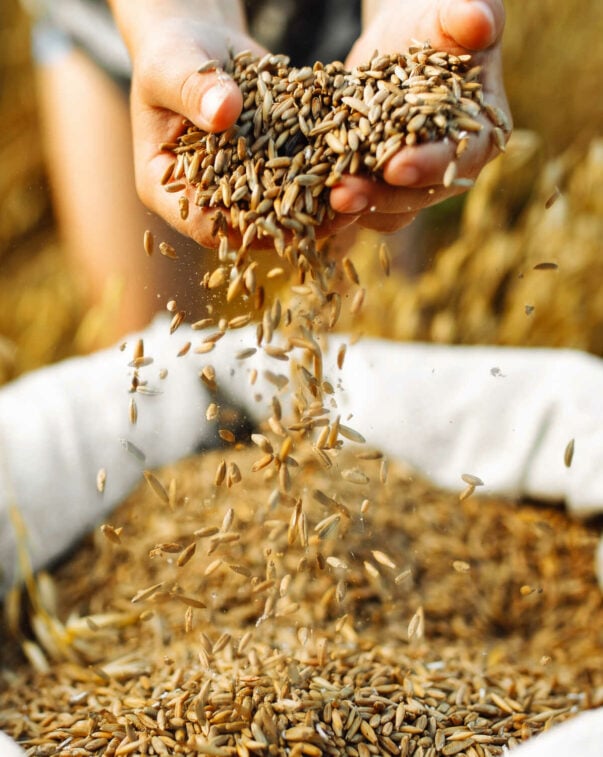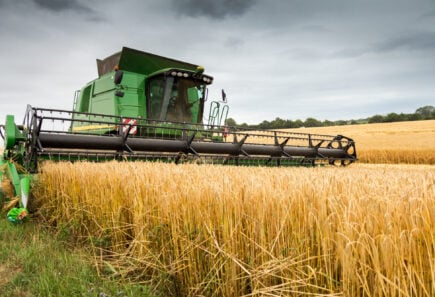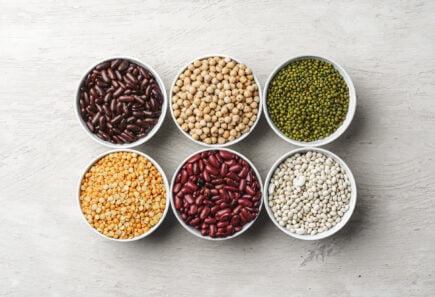
Cultivating alternative proteins from commodity crop sidestreams
Our analysis identifies commodity crop sidestreams well-positioned to become inputs for alternative protein production. It also provides recommendations to policymakers and food producers motivated to valorize crops and create circular bioeconomies.
Explore the analysis
Find out which sidestreams have the highest potential.
Analysis overview
By upcycling agricultural and food processing residues as valuable inputs, alternative protein production can be embedded into circular bioeconomies that produce food more efficiently, affordably, and sustainably. However, without strong supply chains and marketplaces, it is difficult to identify which sidestreams are most promising.
This report identifies high-volume crop sidestreams produced in North America that are well-positioned to become inputs for alternative protein production. Inputs evaluated in this analysis are:
- Protein concentrates for plant-based food
- Protein hydrolysates for fermentation and cultivated meat media
- Lignocellulosic-derived sugars for fermentation feedstock
Sidestream ranking & results
Sidestreams were ranked by their forecasted sidestream volume in 2030 and modeled production unit cost to create an economic ranking. Sidestreams were also ranked using the economic criteria plus their environmental impact and specific functional attributes to create an integrated ranking.
Crop sidestreams that ranked high for novel application in alternative protein production were:
- Protein concentrates: soy meal, canola meal, wheat bran, wheat gluten, tomato pomace, corn distillers dried grain with solubles (DDGS), corn gluten meal, and brewer’s spent grain
- Protein hydrolysate: soy meal, corn DDGS, canola meal, brewer’s spent grain, and corn gluten meal
- Lignocellulosic sugars: corn stover, soy straw, sugarcane trash/bagasse, and barley straw/husks
Create custom sidestream rankings
Using the dashboards below, create custom crop sidestream rankings for each input category: protein concentrates for plant-based food, protein hydrolysates for fermentation and cultivated meat media, and lignocellulosic-derived sugars for fermentation feedstock. Adjust the importance of different criteria, giving greater or lesser weight to economic, environmental, or functional attributes in determining the overall ranking.
Protein concentrates dashboard

Protein hydrolysates dashboard

Lignocellulosic sugars dashboard


Watch our webinar
This webinar highlights the exciting findings of our latest analysis identifying high-value crop “leftovers” or sidestreams with tremendous potential for maximizing food production via alternative proteins.






